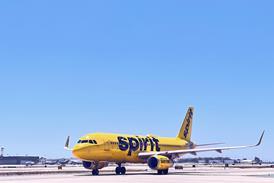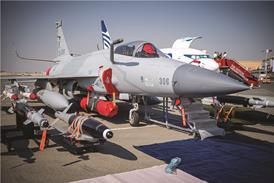Executives at Delta Air Lines believe the carrier will not see a material change once Continental leaves the SkyTeam alliance on 24 October.
Continental in 2008 decided to transition to the Star Alliance after Delta and Northwest announced their plans to merge. Continental, along with its future Star partners Air Canada, Lufthansa and United, are in the process of developing an immunized transatlantic joint venture.
Today during a third quarter earnings call Delta EVP of network planning and revenue management Glen Hauenstein said the carrier was sorry to see Continental exit SkyTeam. But he also added Delta's perspective regarding Continental's transition. "We think they [Continental] were the net beneficiary of the relationship with Delta because of the power of Delta as it is number one or number two in 80% of the cities that it serves."
Hauenstein also explained Continental "was facilitated" by Delta's frequent flyer programme and its point of sales strength in the southeast and upper midwest.
"So what we are seeing as we disconnect these two carriers is actually an improvement in the flying to their hubs," he explains. "There really is no lack in our network because of their Newark versus our JFK or our Atlanta versus their Houston."
Noting a significant amount of overlap exists between the two carriers Hauenstein notes: "We don't see any real issues from the disconnect itself."
Delta says it has surpassed its goal of achieving $500 million in merger synergies this year, and now believes that figure will rise to $700 million. Executives explain the two carriers are moving at a quicker speed in reaching targeted cost synergies than originally anticipated.
Revenue synergies from the merger that was finalised a year ago won't be realised until next year when the two carriers plan to operate off the same technology platform.
Despite the accelerated pace of meeting cost targets, the total $2 billion in expected synergies from the merger remains the same. Previously Delta has said those targets should be realised around 2012.
Source: Air Transport Intelligence news























